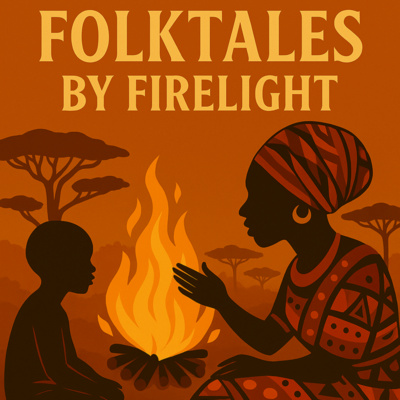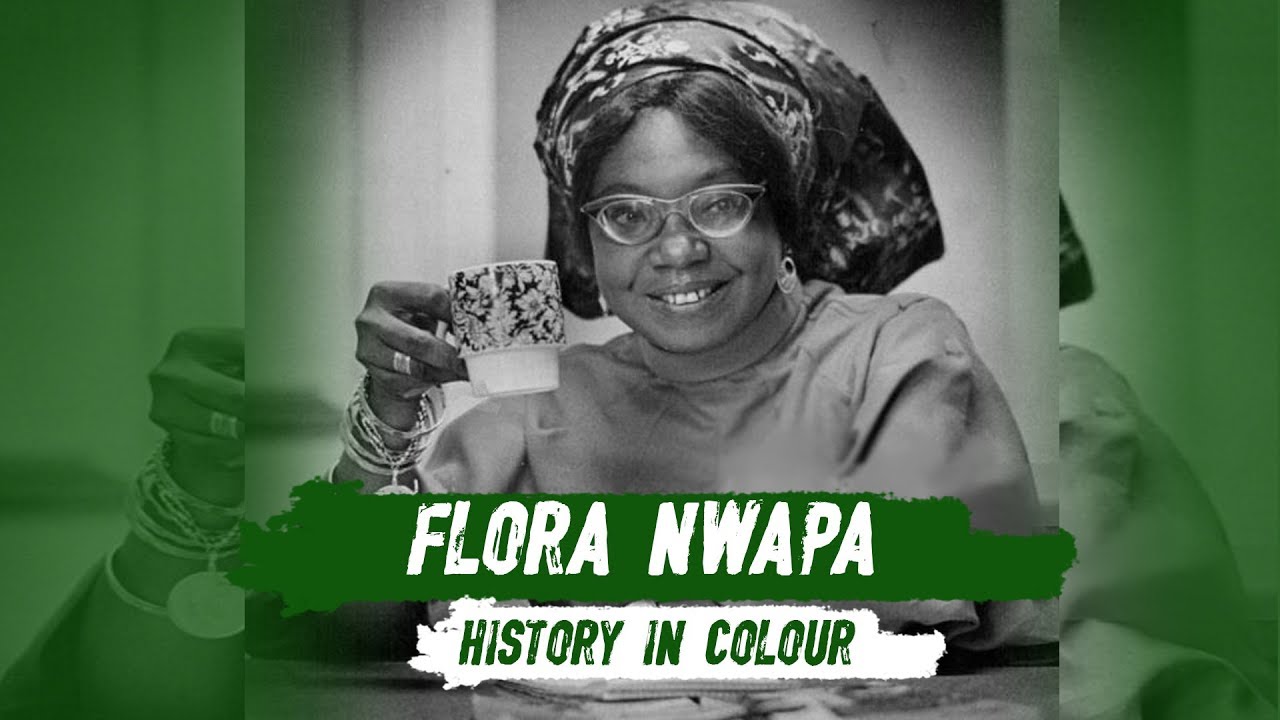Does Popularity Really Equal Influence in Entertainment?
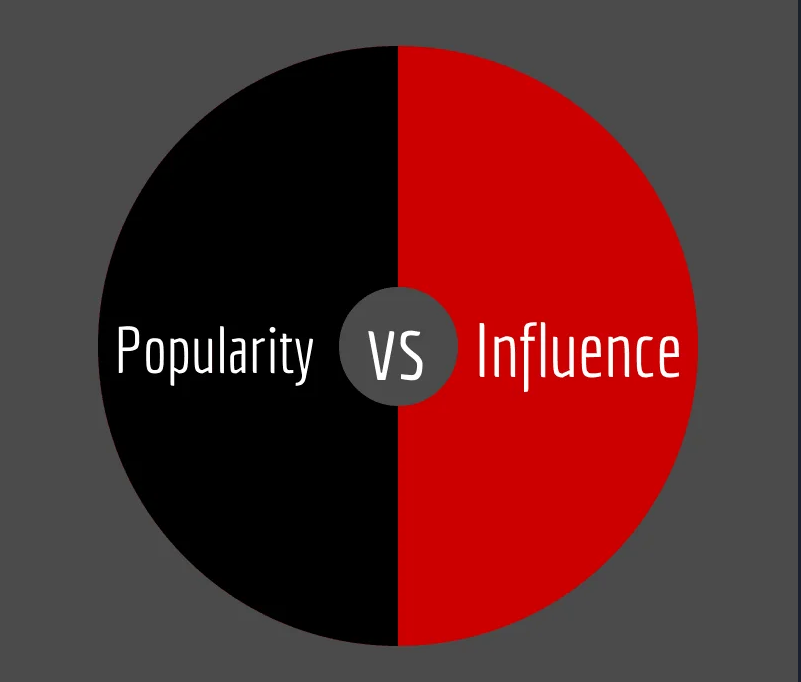
"Everyone checks the trending charts, counts the followers, and watches the likes climb, but does that actually mean someone is influencing culture?"
It’s tempting to assume that the person who dominates your feed, whose face you see everywhere, must also hold sway over what people watch, listen to, or talk about. But in entertainment, being popular and being influential are not the same thing. Some of the loudest voices fade as quickly as they appear, while quieter creators, those who innovate, tell stories that resonate, or connect deeply with their audience shape culture in ways that linger long after the hype dies down. Influence doesn’t always come with flashy numbers; it comes with the ability to move people, spark trends, and leave a mark that the world remembers.
In entertainment, it’s easy to assume that being visible equals being powerful. A song dominating the charts, a celebrity trending on social media, or a viral video can make it seem like these figures hold sway over public taste. Yet, while popularity is measurable and immediate, influence, the kind that shapes culture, inspires movements, or changes perception is far subtler. From the rise of Afrobeats to global viral content on TikTok, the artists who leave lasting marks aren’t always the ones amassing the largest numbers. Often, influence emerges from creators who cultivate trust, innovate within their craft, or spark dialogue in ways that reverberate beyond the screen.
Take Burna Boy for example, His rise to international stardom is undeniable, with streaming numbers and awards reflecting widespread popularity. But the true measure of his impact is how his music has reshaped perceptions of Afrobeats, opened doors for younger Nigerian artists, and sparked global conversations about African culture. Popularity brings attention, but influence ensures that attention translates into cultural resonance. Similarly, Tems demonstrates that influence is not always tied to sheer numbers, it comes from crafting a voice and perspective that resonates deeply, inspiring other creators and reshaping the narrative of contemporary African music.
The distinction between popularity and influence becomes even more apparent on social media platforms. Instagram, TikTok, and YouTube reward viral content, but algorithms do not account for authenticity or long-term engagement. A creator with millions of followers may command attention, yet if their audience is largely passive, the effect on taste, trends, or public behavior is limited. Research in the Interaksi Online Journal demonstrates that smaller creators with highly engaged followers often wield more meaningful influence than mega-influencers, who may see likes and shares but little real-world action. Popularity can give breadth, but influence delivers depth.

Even within traditional entertainment mediums like movies, the divide is clear. Box office numbers may measure visibility, but lasting influence is seen in cultural impact, innovation, and storytelling that challenges audiences. Directors like Wanuri Kahiu, who introduce bold African narratives to global audiences, may not dominate social feeds with every release, yet their work shapes perceptions, inspires other filmmakers, and alters the trajectory of the industry. Influence is less about the immediate spotlight and more about leaving a footprint in the cultural landscape.
Social networks and connections further highlight the difference. Studies referenced by The Guardian show that individuals with deep understanding of social networks, who knows whom, who sets trends, who shapes opinion, often wield far more influence than those with high popularity metrics. In entertainment, this plays out in producers, songwriters, and creative directors who shape content and culture behind the scenes, while their personal visibility may remain minimal. Influence, in this sense, is structural rather than performative.
Consider the music industry’s viral trends. A TikTok challenge may make a song trend globally, but the lasting influence comes from the artist’s originality, narrative, and emotional connection with audiences. Popularity can create a momentary spike in attention, but influence is what sustains an artist’s relevance over time. Those who understand this distinction carefully craft their art, collaborate strategically, and nurture audiences that engage actively rather than passively consuming content.
The difference between popularity and influence also applies to celebrity endorsements and social campaigns. A celebrity with 10 million followers may appear as the obvious choice for a partnership, but if their audience lacks trust or alignment with the brand, the collaboration may fail. Conversely, a creator with 200,000 highly engaged followers can generate tangible outcomes because their influence is rooted in credibility and engagement, not sheer numbers. Popularity can attract attention; influence drives action.
Popularity can even backfire. Constantly chasing trends or attempting to maintain visibility at all costs may dilute authenticity, erode trust, and limit long-term influence. Research from Phys.org notes that popular figures are not always innovators or opinion leaders. Visibility alone does not grant authority, and overexposure can alienate audiences. Influence requires authenticity, consistency, and a willingness to take creative risks.

This distinction is evident in global entertainment movements. African music, for instance, has gained unprecedented international visibility not merely because of viral hits but because artists are influencing culture through innovation, collaborations, and representation. Burna Boy’s global tours and collaborations, or Tiwa Savage’s fusion of contemporary and traditional sounds, reflect influence as much as popularity. They shape conversations, inspire other artists, and leave cultural footprints, demonstrating that influence transcends metrics.
Even fan communities illustrate this concept. True influence is visible when audiences actively engage, advocate, and shape trends around an artist or creator. Hardcore fans mobilize, stream repeatedly, share content, and sustain cultural relevance, often driven by resonance rather than visibility alone. Popularity may attract passive viewers; influence cultivates active participants.
The entertainment industry teaches another important lesson: influence often grows quietly before it becomes visible. Creators who prioritize authenticity, meaningful storytelling, and audience connection may initially appear under the radar, but their cultural impact eventually outpaces fleeting viral sensations. Influence is slow to build, subtle in manifestation, and enduring in effect. Popularity, by contrast, can be instant, loud, and ephemeral.
In conclusion, while popularity offers the allure of immediate recognition, influence shapes culture and creates legacies. In entertainment, the ability to inspire, guide, and resonate with audiences is far more valuable than simply trending on social media or topping charts. Influence is what allows a song to define a generation, a movie to spark social dialogue, or a creator to shape the tastes and perceptions of millions. Popularity might get someone noticed, but influence ensures they are remembered.
The distinction is subtle but critical: visibility is easy, impact is earned. In a world obsessed with likes, followers, and virality, understanding this difference is essential for anyone seeking to leave a lasting mark in entertainment. The artists, creators, and visionaries who grasp this are not just famous, they are influential.
You may also like...
Flipping the Switch: How Mitchell Elegbe Changed African Finance Forever
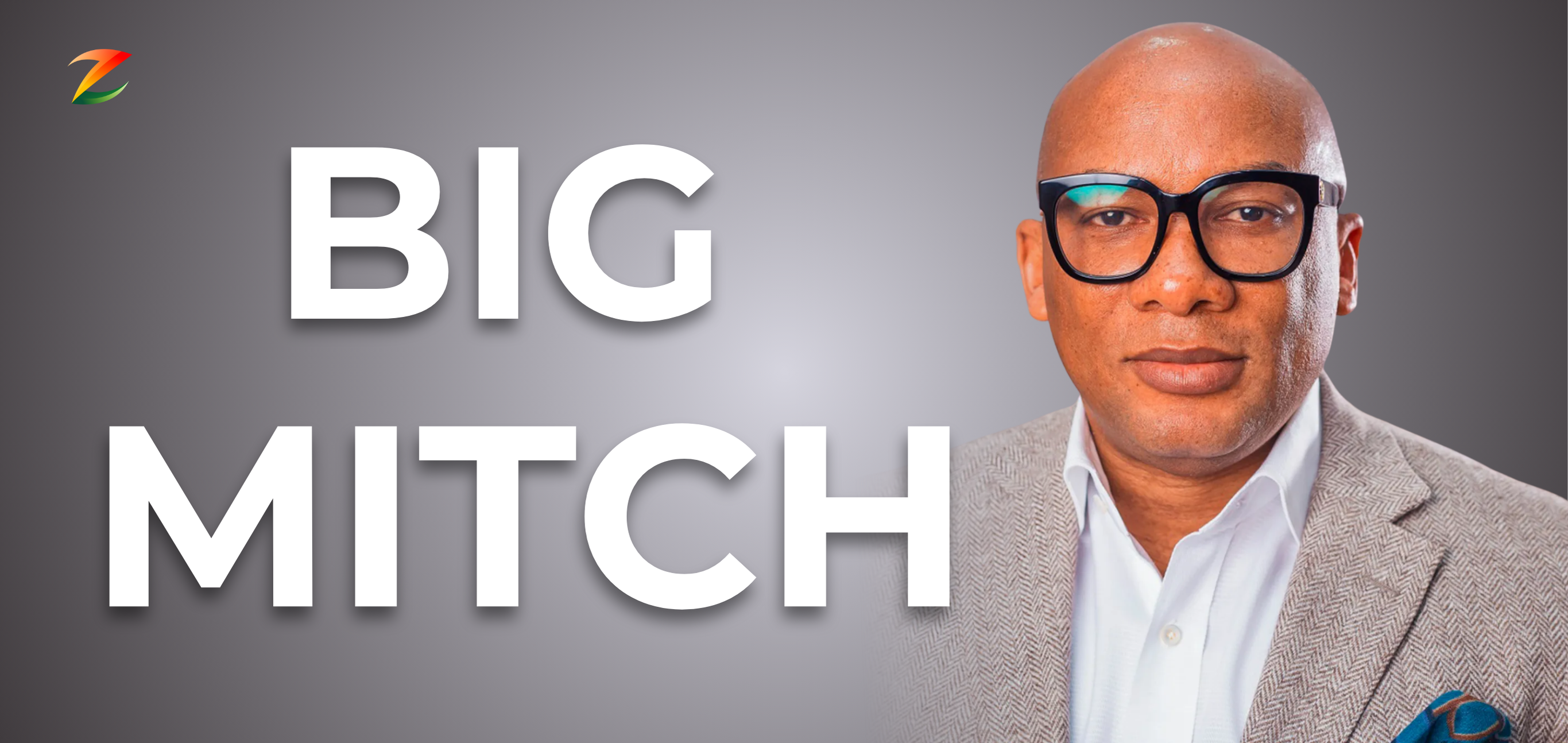
Meet Mitchell Elegbe, the man who flipped Africa’s financial system, turned ATMs into opportunity, and built a $1 billio...
Boxing Drama Erupts: Eubank Jr. & Benn Fathers Clash, Demons Surface for Rematch

The highly anticipated boxing rematch between Conor Benn and Chris Eubank Jr. is set amidst a backdrop of personal strug...
Iconic Reunion: Nicolas Cage and John Woo Team Up 28 Years After 'Face/Off' for New Thriller

John Woo and Nicolas Cage are reuniting for <em>Gambino</em>, a new crime biopic about mob boss Carlo Gambino, with Cage...
Latin Grammys 2025 Unleashes Star Power: CA7RIEL & Paco Amoroso's Glamour Meets Raphael's Thrills!

The 2025 Latin Grammy Awards celebrated top artists like Raphael, honored as Person of the Year, and showcased vibrant p...
A-Rod Faces Demons: HBO Special Confronts Baseball Legend's Infamous Scandal
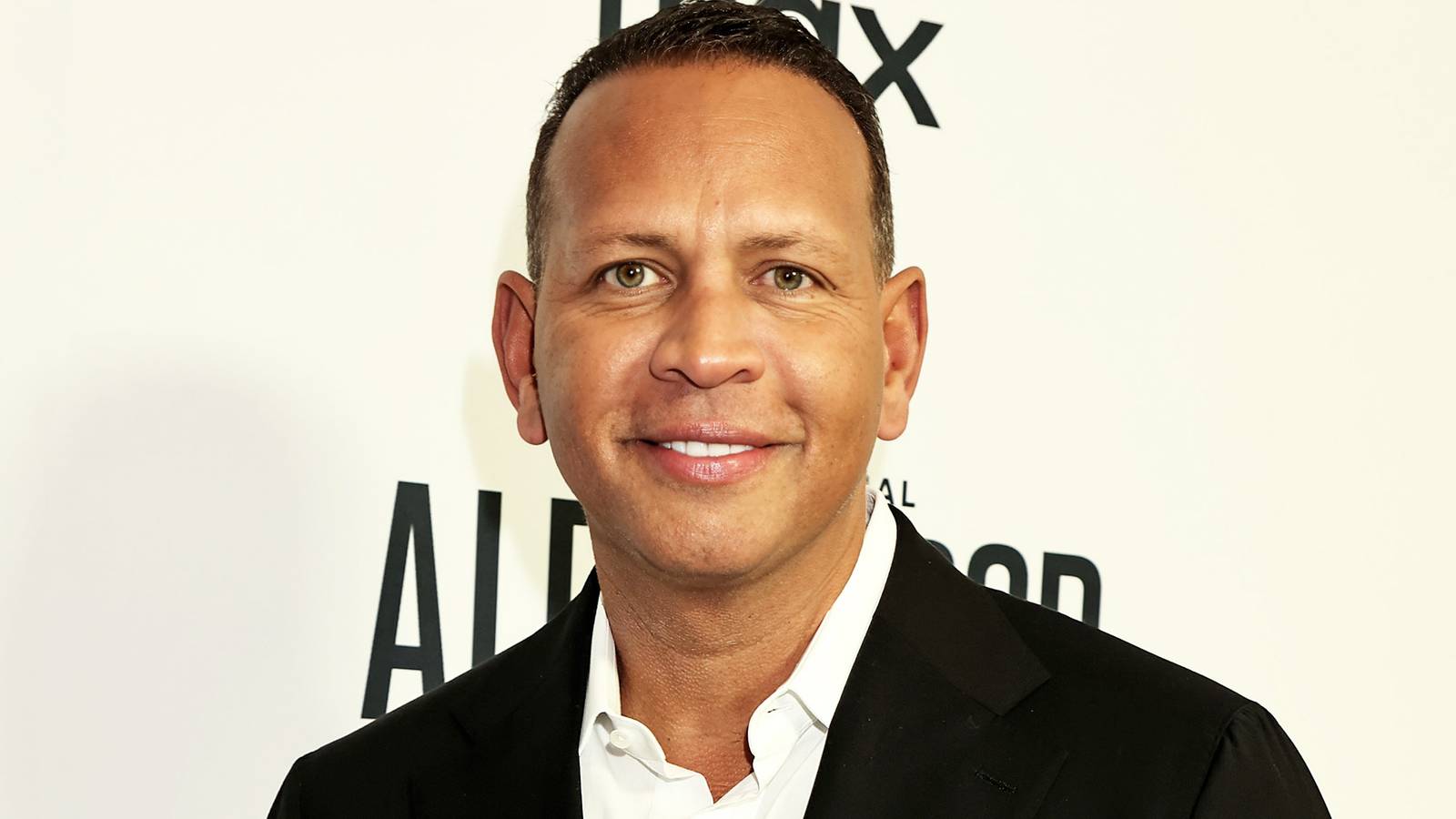
The HBO documentary "ALEX vs AROD" explores the complex journey of Alex Rodriguez, delving into his polarizing career fr...
Angola Unleashes €189M for Mavinga Airport, Fueling Border Region Boom

Angola has approved a €189 million investment for Mavinga International Airport in the Cuando Cubango province, aiming t...
United Nigeria Airlines Soars with New A320, Igniting Regional Expansion

United Nigeria Airlines has significantly boosted its operational capacity by adding a third Airbus A320, leased from Fl...
Expert Tips: Dietitian Reveals Healthiest Chicken Cooking Methods
:max_bytes(150000):strip_icc()/GettyImages-2204670801-3bbf74f6a04e47fab26015c7af5dbc47.jpg)
Discover how cooking methods impact chicken's health benefits, exploring healthy options like poaching and steaming whil...
.png&w=1920&q=75)
